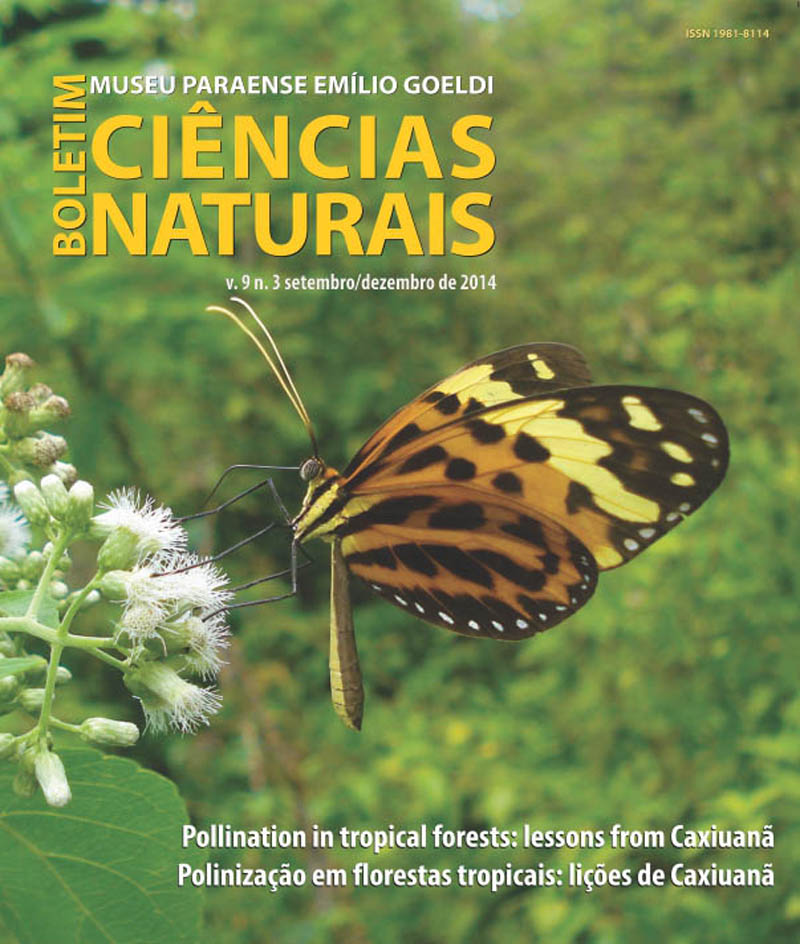Diabase dikes and amphibolites from Nova Canadá area: nature and tectonic implications to the Carajás Province
DOI:
https://doi.org/10.46357/bcnaturais.v9i3.511Keywords:
Diabase, Amphibolite, Geochemistry, Magmatism, CarajásAbstract
The basic magmatism in the Nova Canadá area is represented by isotropic diabase dikes, and extensive bodies of amphibolites with nematoblastic and granoblastic textures. Both lithotypes cross-cut granitoids of the Xingu Complex and the Sapucaia greenstone belt sequence. They are classified as subalkaline tholeiitic basalts. The diabase dikes consist of plagioclase, ortho-/clinopyroxene, amphibole, opaque minerals and olivine. Tectonically, they are related to a continental intraplate setting. On the other hand, the amphibolites are classified as island arc tholeiites and include plagioclase, amphibole, opaque minerals, titanite and biotite as main mineralogical phases. The trace elements variation with #Mg, mainly with Ni and Cr, suggest that olivine, ortho- and clinopyroxene were important phases in the magmatic fractionation in the diabase dikes. The amphibolites show sharp positive Sr anomaly and missing Eu anomaly, suggesting that plagioclase was not an important phase during the magmatic fractionation. The crystallization conditions of the diabase dikes indicate temperatures between 1,200-1,100 °C and pressures between 1-3 kbar.
Downloads
Published
Issue
Section
License
Publication means fully assigning and transferring all copyrights of the manuscript to the journal. The Liability Statement and
Assignment of Copyrights will be enclosed with the notice of acceptance. All the authors must sign the document and return it to the journal.








